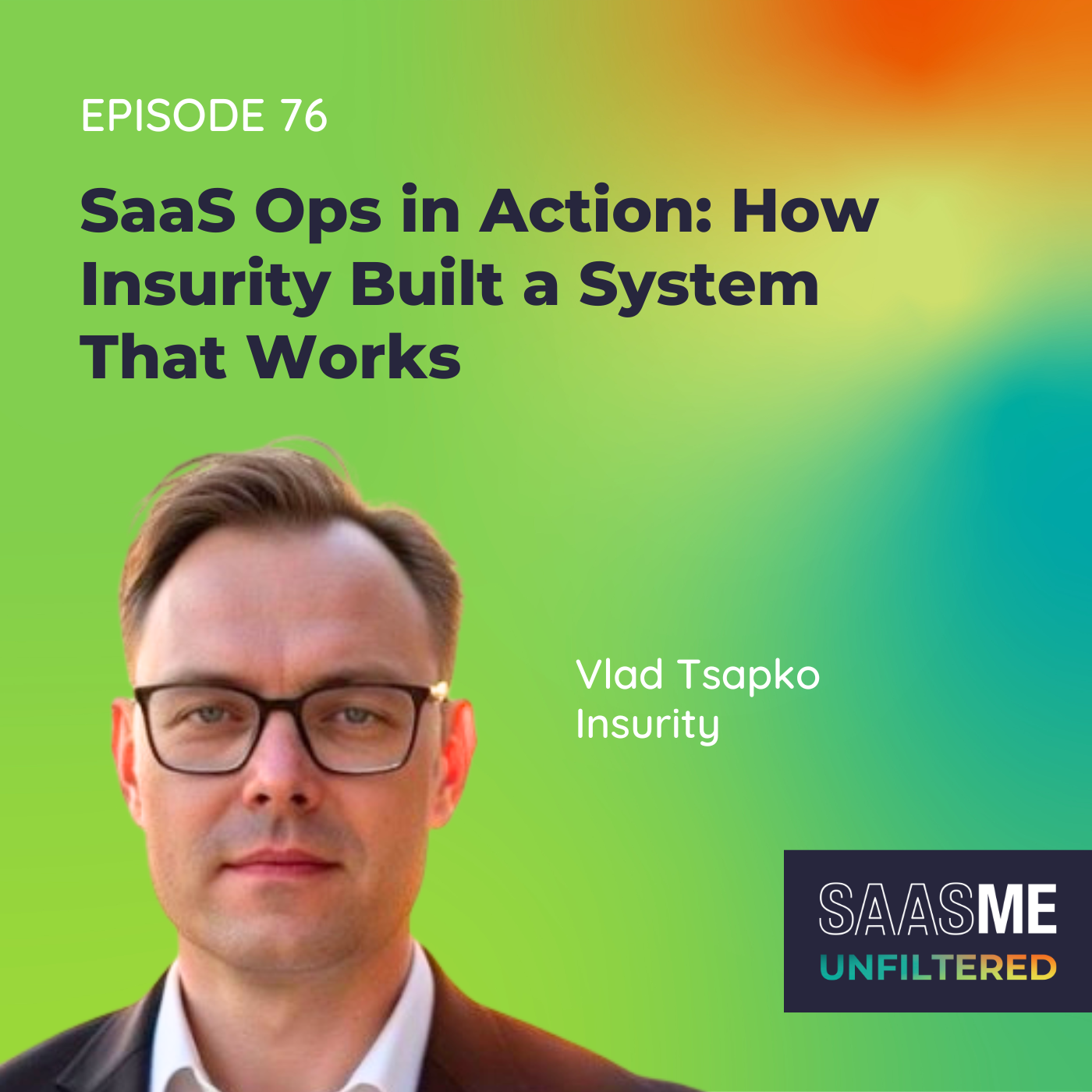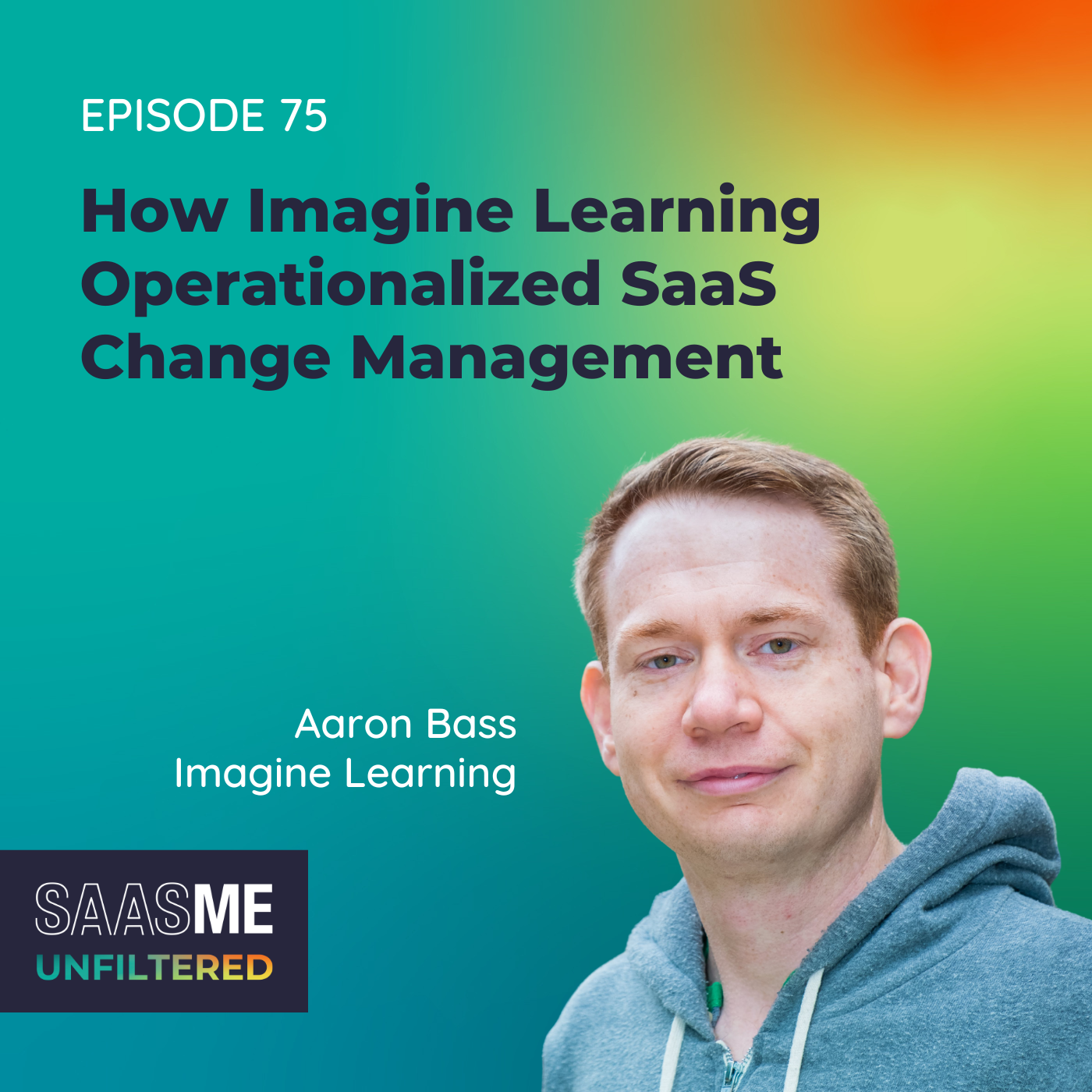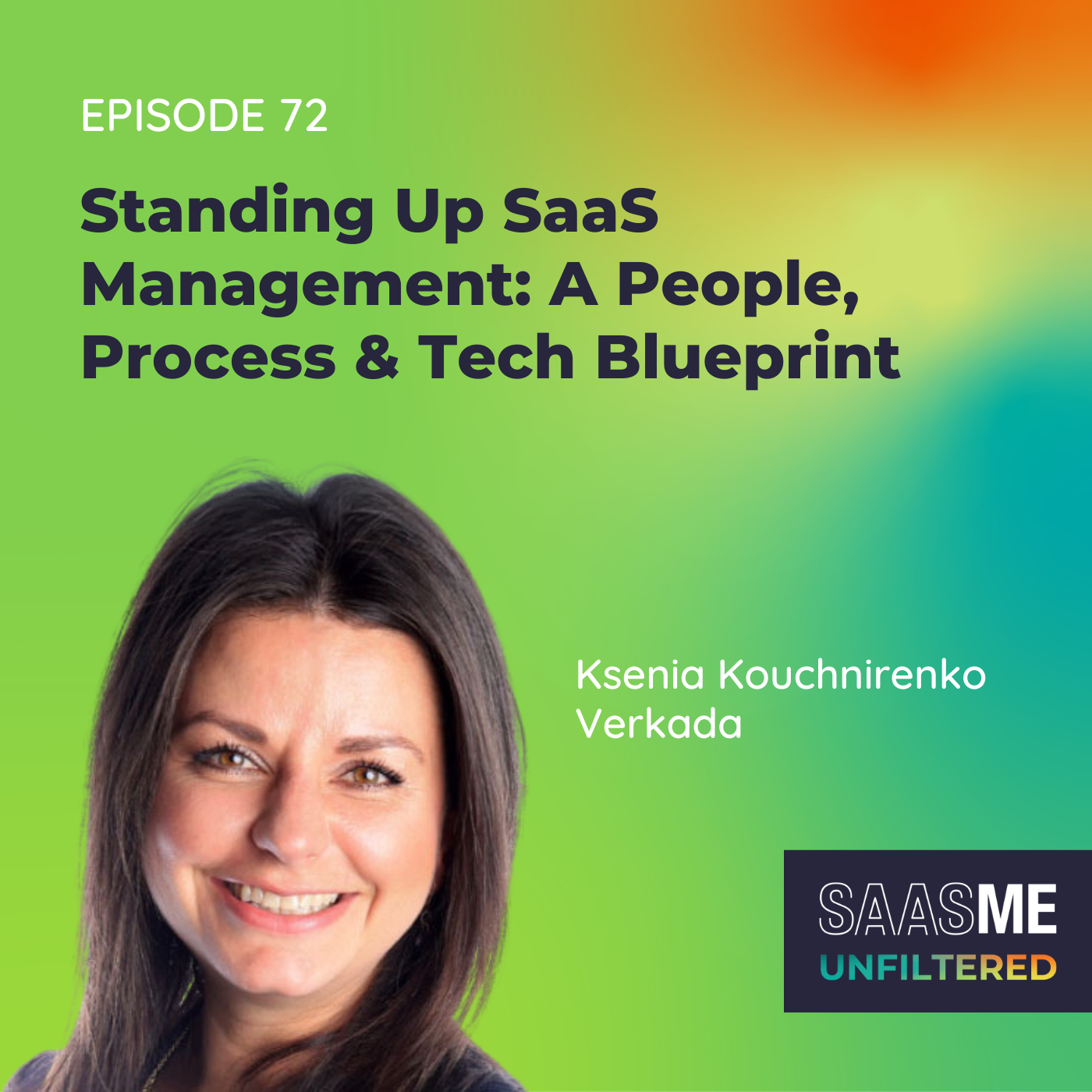Do I Really Need a Direct Integration for SaaS Usage Data?
- 0.5
- 1
- 1.25
- 1.5
- 1.75
- 2
Ben: What is up everyone? This is Ben here, and we're back with another episode of SaaS Me Anything. In today's episode I'll be answering the question, do I really need a direct integration for SaaS usage data? Well according to Gartner, companies are going to spend about$ 244 billion on SaaS in 2024. Would it surprise you to know that a good portion of that is wasted? Data from our 2023 SaaS Management index shows that$ 82 billion of that is wasted. I don't know about you, but I can think of a few better things to do with$ 82 billion.
Ben: In a sneak peek for SaaS Me Anything listeners into 2024's report, the problem has only gotten worse. You need to be doing something about this, and it comes back to having the data and the knowledge to act on what that data is telling you. So in today's episode, we'll cover number one, why usage data is so important. Number two, we'll break down the definition of direct integration, and then number three, I'll share four ways to get the usage data that you need.
Ben: So let's dig in. What is the importance of usage data? The data I shared at the top of the episode should be enough for you to understand the importance of getting your hands on all of that licensing and usage data that you can. It is the key to reducing waste and saving significant coin. The most common time that you need this data is leading up to renewal. No one wants to be that SAM or procurement team chasing down admins and app owners with urgent requests when you're already trying to manage a complex renewal.
Ben: Outside of pure cost savings and avoidance, it's also important to understand the value you're getting out of your SaaS applications. A great way to do that is to know how well your apps are being used. And if you're seeing a lack of adoption or regular use, drive additional enablement, or work to understand why there are challenges.
Ben: Another key use case for usage data is when you're working on rationalizing overlapping applications. As teams are determining apps that they may want to consolidate or move out of their architecture, having proper visibility to know how these tools are being used is really important.
Ben: Also, knowing what users have access to redundant tools may help with your business case. And finally, there is the risk factor. Not everyone needs access to every tool. Usage data gives IT teams the ability to identify users that no longer need access or where users are over license. What I mean by over license is that when they have greater levels of access than they need or unused features at certain license tiers. In both cases, your risk surface area is reduced by pulling back access to systems that users don't need.
Ben: When it comes to getting data into your system of record or your SaaS management platform, direct integrations are often the first thing people think of. Now, a quick definition of what I mean when I say direct integration. A direct integration is a one- to- one connection between your SaaS management platform and a specific app. These two systems are programmatically talking to each other and exchanging data.
Ben: There are some strong benefits to this approach. First, user licensing and usage data can typically be found in app admin panels. That data can be difficult to get to, difficult to comprehend, and require an admin to pull it for you. And integration allows you to set it up and push it to your SaaS management platform on a regular basis. Speaking of regular basis, that data is going to be up to date and available to you when you need it through a direct integration.
Ben: Your SaaS management platform will likely have out of the box insights and reports specific to the app and the data available so you know what to do, whether pulling back licenses or downgrading users. However, there are some drawbacks to this approach as well.
Ben: First, there lacks consistency in what third party SaaS APIs provide. Apps are all licensed differently, and depending on the API, they'll share different levels of data, some providing nothing at all, some providing just an email address of the user, some will have lost login, and some include an audit of all activity and user licenses. Even if there's a direct integration available, the data you need to make licensing decisions may not be available.
Ben: Second, your security team may have concerns with the access levels required to retrieve the data that you need. Oftentimes, that's out of your control, so that may prevent you from getting approval for an integration, but direct integrations are not the only way to access usage data, nor are they always the best way for your organization.
Ben: So to answer the question do I really need a direct integration for SaaS usage data? The answer is no. There are other ways you can access user data for your SaaS apps. Let's break them down. The first one is through single sign- on authorization logs. Your SSO provider keeps a log of user activity. Depending on your provider that typically can provide you a list of users that have access to an app and the last time that those users successfully authorized into the apps that they have access to.
Ben: This is a great way to get quick visibility to your applications. There are some drawbacks of this, though, being your only approach. Data can be misrepresented in these reports. For instance, if your company provisions via just- in- time provisioning, reporting will show that every employee has access to the just- in- time app. Or if there are ways for your employees to log in directly to apps outside of your single sign- on provider, they also won't have visibility. Also, SSO providers do not typically report on a license type or role a user has in the app they're accessing as part of their audit reporting.
Ben: The second way to get data outside of a direct integration is through API connections. If user licensing and usage data is available via an API from your SaaS provider, your team can create a bespoke integration and push that data to a central location like your SaaS management platform for further analysis.
Ben: The third way is through admin panels. Admin panels of your SaaS providers will normally provide some reporting on license usage and application consumption. There's going to be a high level of accuracy to this data, since your SaaS provider's the one reporting it to you. You'll need to find the right person, likely an admin, to provide this reporting to you. It's also ad hoc, so it can be disruptive to your app admin and the data becomes stale quickly, making it challenging to action on.
Ben: And lastly, there are usage report imports. Taking the admin panel approach one step further, here you can enable your app admins to push user licensing and usage data exported out of an admin panel to a central location on a regular basis. This approach removes many of the challenges with just reporting via an admin panel while still unlocking a data set to central report on SaaS usage.
Ben: On top of that, the manual steps taken by an app admin can oftentimes be automated in the SaaS app itself or using third party automation or RPA engines. Yes, this may initially take some time to get set up, but putting the extra effort behind this means that you have more centralized and contextualized data in your SaaS management platform, your key stakeholders can collaborate better with shared visibility, and automation that you drive here can create efficiency where you don't have to bug your app admins every time you want a usage report.
Ben: As we bring this home, one word of caution on direct integrations. If you're looking at a SaaS management platform, dig into the integrations that they're talking about. Ask about the specific fields that are returned from the integration, what you'll be able to do with the data once it's in the platform, and review the scopes and permissions required to support the integration. Not all integrations are created equal. If things seem too good to be true and the SMP is touting hundreds or potentially even thousands of integrations, likely they are too good to be true. Factor your data needs and security requirements into the picture and consider the breadth of connection options available. At the end of the day, you should have flexibility to get the data you need to maximize the use of your SaaS applications and the value you're getting in return.
Ben: I'd love to hear about your experiences getting access to and acting on usage data. Connect with me on LinkedIn or shoot me an email at ben @ zilo. com. Until next time.
DESCRIPTION
How well are your SaaS apps being used? If you don’t have access to usage data, you’re left in the dark. And that means there’s no way to effectively optimize licensing or make the most of your software investments. In this episode, Ben Pippenger debunks the myth that direct integrations reign supreme and how to get usage data you can act upon.
Have a question you’d like answered on SaaSMe Anything? Submit yours here.
Key Takeaways
- [00:21 - 01:07] Gartner — Companies spending $244 billion on SaaS in 2024, 2023 SaaS index shows that $82 billion of that is wasted
- [01:08 - 01:37] The importance of usage data
- [01:36 - 01:56] Pure cost savings, understanding the value of SaaS applications used in your business[]
- [01:56 - 02:12] Rationalizing overlapping applications
- [02:18 - 02:44] A risk factor, understanding where you're over licensed and people no longer need access
- [02:44 - 03:06] Definition of a direct integration
- [03:06 - 03:35] Regularity in data flow, always up to date without needing an admin to pull it
- [03:35 - 04:39] Out of the box insights, drawbacks
- [04:37 - 05:08] A direct integration for usage data, not necessary and other ways exist to gather like SSO
- [05:06 - 05:45] SSO a great way for quick visibility, drawbacks include data misrepresentation
- [05:42 - 06:02] API connections for data gathering
- [06:00 - 06:28] Admin panels
- [06:27 - 06:52] Report imports
- [06:51 - 07:21] SaaS app automation
- [07:19 - 08:13] In review: ask questions about data and direct integrations
SaaSMe Anything is the bi-weekly podcast that brings clarity to the chaos of SaaS, hosted by your resident SaaS expert and Zylo co-founder Ben Pippenger. Connect with Ben on LinkedIn here.










